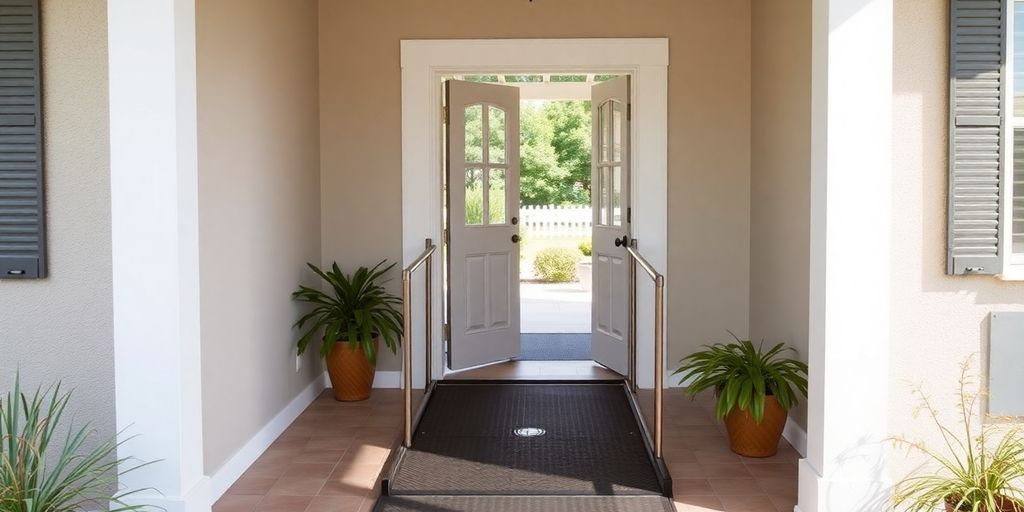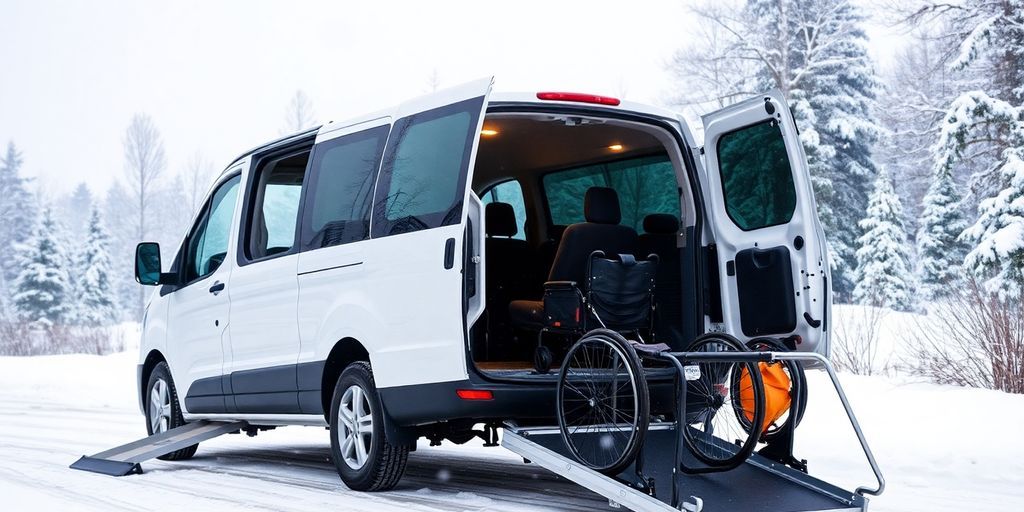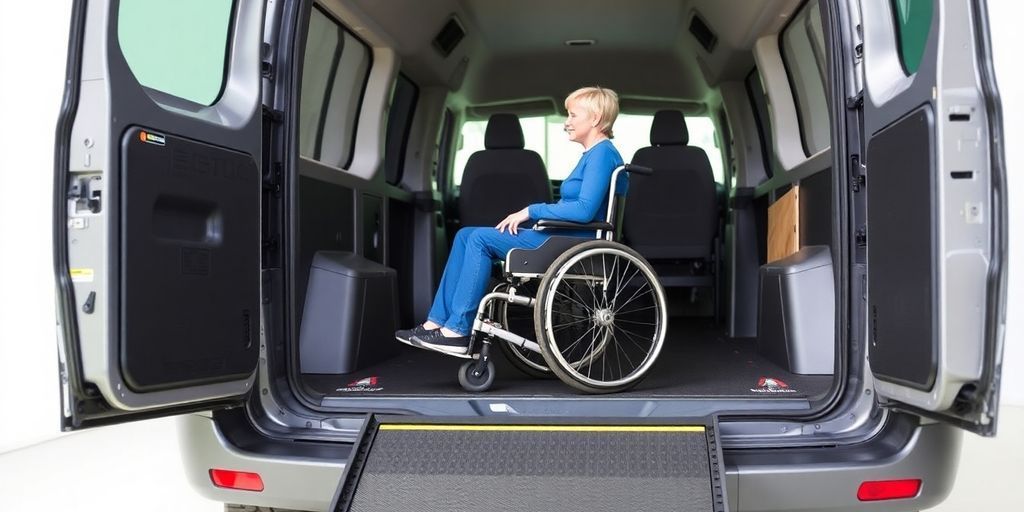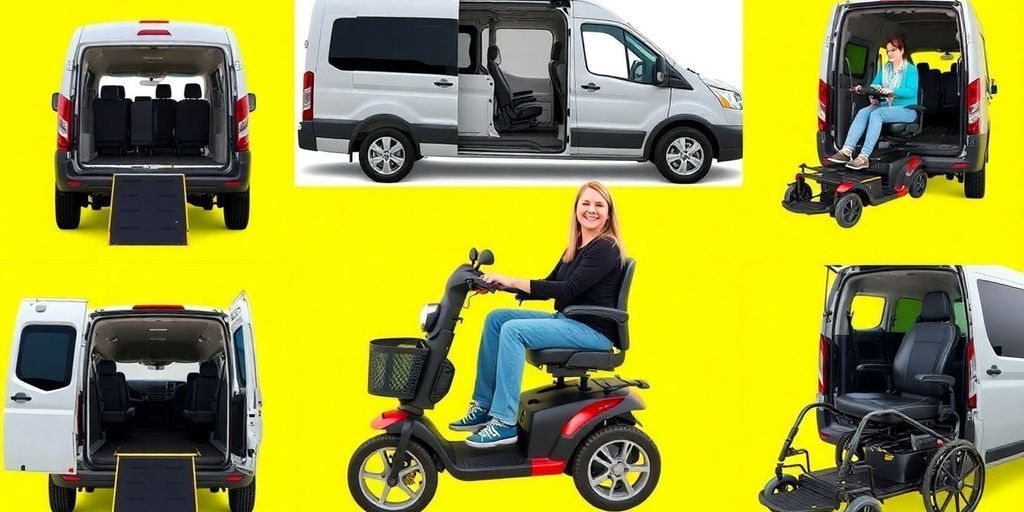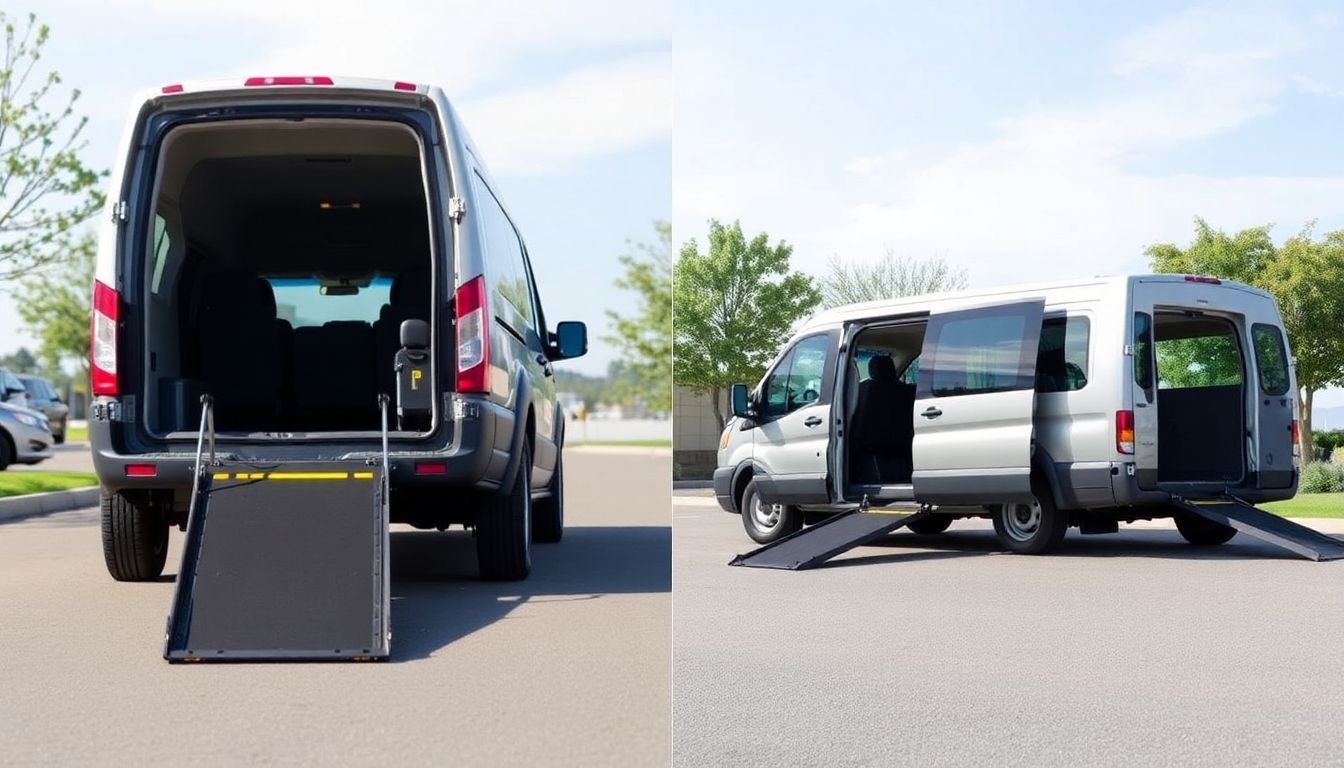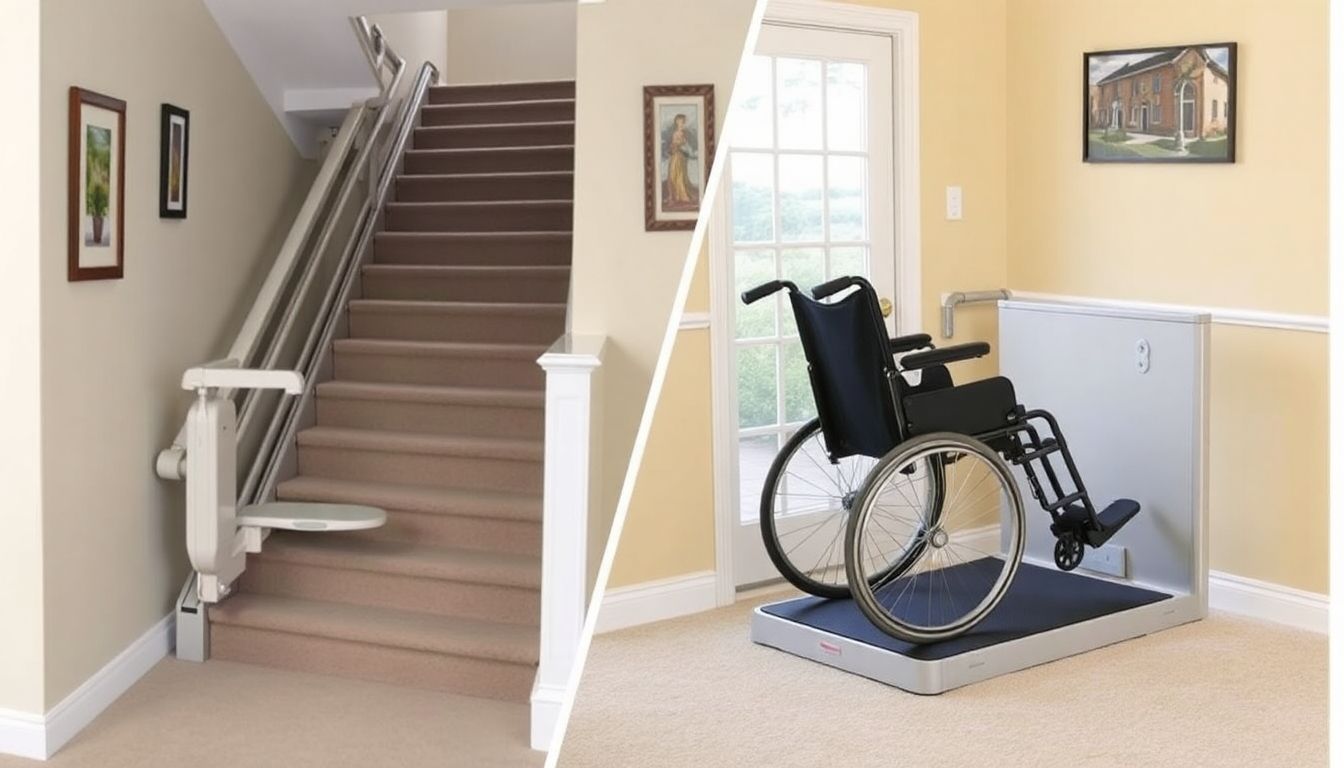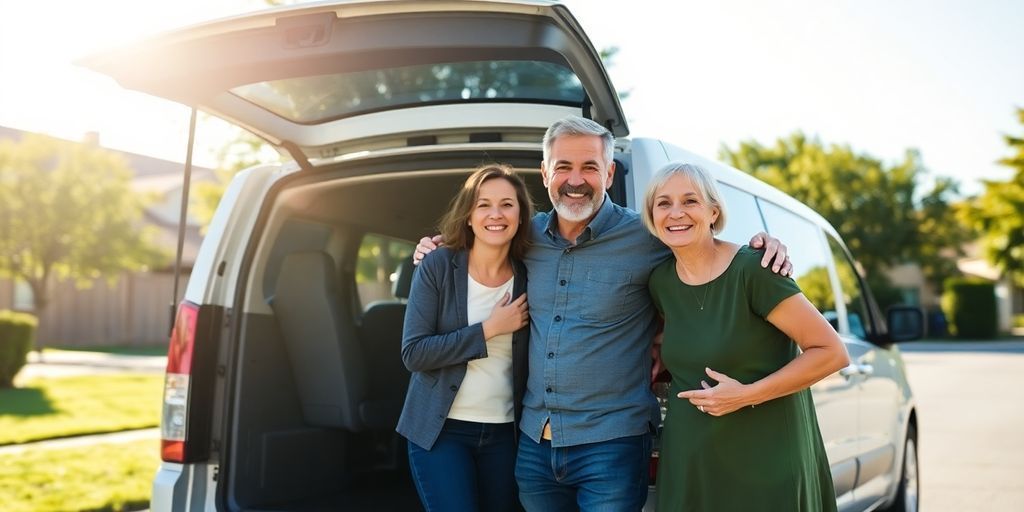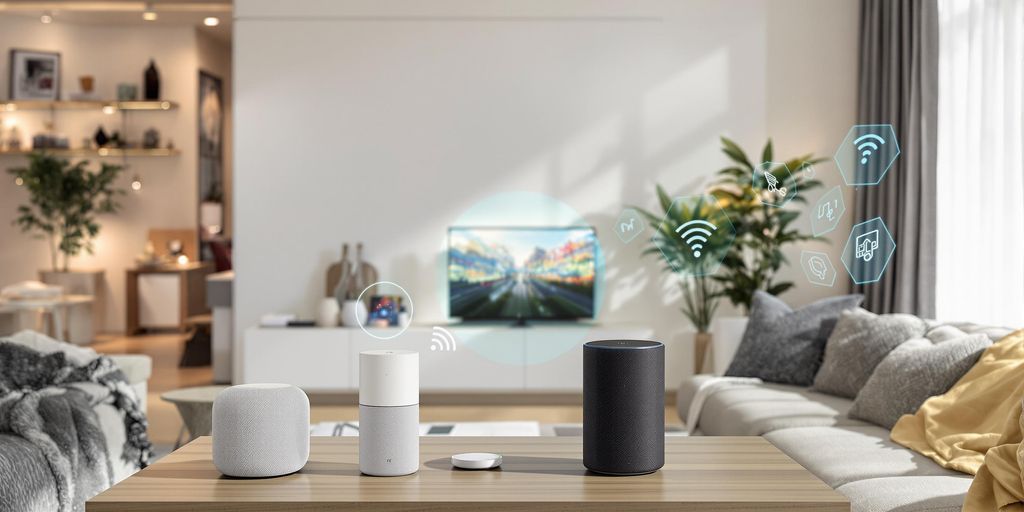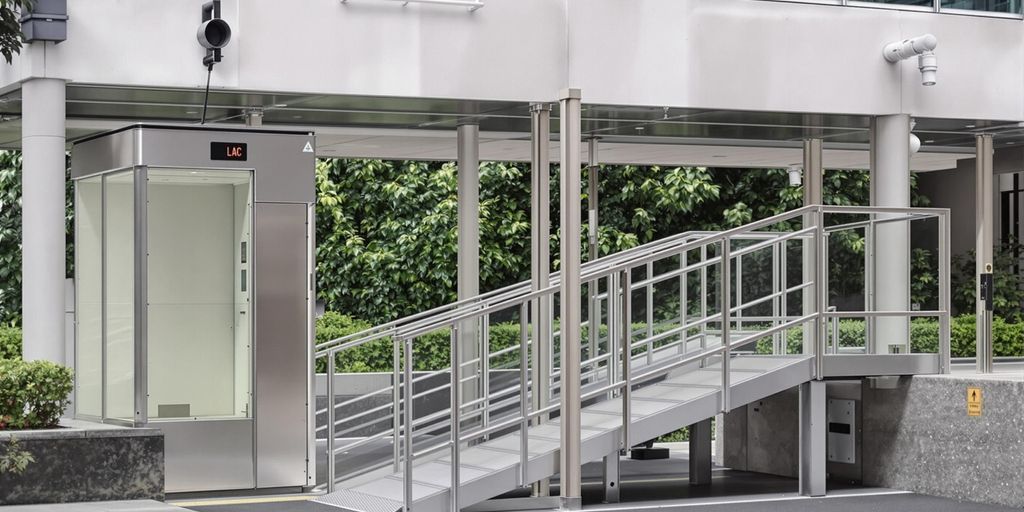Home Accessibility Solutions for Fall: Preparing Your Space for Safe, Independent Living

As the fall season approaches, it's essential to think about how to make your home safe and easy to navigate. Many people face challenges during this time, especially older adults or those with mobility issues. Home accessibility solutions for fall can help prevent accidents and ensure that everyone can live independently and comfortably. This article will explore various ways to prepare your space for the season ahead.
Key Takeaways
- Home accessibility is crucial for preventing falls during autumn.
- Identifying risks in your home can help you make necessary changes.
- Adding ramps and handrails can make entryways safer.
- Smart home technology can enhance safety and ease of use.
- Regular checks and updates to your home setup keep it safe year-round.
Understanding the Importance of Home Accessibility Solutions for Fall
As the leaves change and the weather cools, it’s crucial to think about how to keep our homes safe. Home accessibility solutions are important for everyone, especially for those who may have trouble moving around. Here are some reasons why these solutions matter:
- Recognizing Seasonal Challenges: Fall brings wet leaves and slippery surfaces, which can lead to accidents.
- Impact on Independent Living: Making homes safer allows people to live independently without fear of falling.
- Statistics on Fall-Related Accidents: Falls are a leading cause of injury, especially among older adults. Grab bars significantly reduce this risk by offering a stable handhold in high-risk areas.
Ensuring your home is accessible can make a big difference in safety and comfort during the fall season.
By understanding these points, we can better prepare our homes for the challenges that come with the changing seasons.
Assessing Your Home's Accessibility Needs
Identifying Potential Hazards
To make your home safer, start by looking for things that could cause accidents. Here are some common hazards to check:
- Loose rugs or carpets that can trip you.
- Poor lighting in hallways and staircases.
- Clutter in walkways that can block your path.
Consulting with Accessibility Experts
Getting help from professionals can make a big difference. They can provide valuable advice on how to improve your home. Consider:
- Hiring an expert for a thorough assessment.
- Asking for recommendations from friends or family.
- Researching local services that specialize in home safety.
Prioritizing Modifications
Once you know what needs to be fixed, it’s time to decide what to do first. Focus on the most important changes that will help you the most. Start with the areas where you spend the most time. Here are some suggestions:
- Install grab bars in the bathroom.
- Improve lighting in key areas.
- Remove any obstacles in your path.
Making your home safer is not just about fixing things; it’s about creating a space where you can feel confident and secure. A thorough assessment can help identify and address potential hazards in your home, ensuring a safer living environment for seniors.
Adapting Entryways and Exits for Safety
When it comes to making your home safer, adapting entryways and exits is crucial. A safe entrance can prevent falls and injuries. Here are some important steps to consider:
- Install ramps to make it easier for everyone to enter and exit your home.
- Add handrails on both sides of stairs to provide support.
- Improve lighting around doorways to help see better, especially at night.
Weatherproofing your doors and windows is also important. This helps keep your home warm and dry during the fall.
Remember, small changes can make a big difference in keeping your home safe and accessible for everyone.
Enhancing Bathroom Safety and Accessibility
Choosing Non-Slip Flooring Options
To prevent slips and falls, it’s essential to select flooring that offers good grip. Here are some options:
- Vinyl flooring with a textured surface
- Rubber mats or tiles that are designed for wet areas
- Carpeting that is low-pile and moisture-resistant
Installing Grab Bars and Shower Seats
Adding grab bars and shower seats can make a big difference in safety. Consider these tips:
- Place grab bars near the toilet and in the shower or bathtub.
- Choose sturdy materials that can support weight.
- Install a shower seat to provide a safe place to sit while bathing.
Optimizing Bathroom Layout for Mobility
A well-planned bathroom layout can enhance mobility for everyone. Here are some ideas:
- Ensure there is enough space to move around easily.
- Keep essential items within reach to avoid stretching or bending.
- Use a raised toilet seat to make sitting and standing easier.
Making your bathroom safer is a key step towards maintaining independence at home. Simple changes can lead to significant improvements in safety and comfort.
Creating a Safe and Accessible Kitchen Environment
Organizing for Easy Access
To make your kitchen safe and accessible, start by organizing your space. Here are some tips:
- Keep frequently used items within easy reach.
- Use clear containers to see contents easily.
- Store heavier items at waist level to avoid bending or stretching.
Selecting User-Friendly Appliances
Choosing the right appliances can make a big difference. Consider these options:
- Look for appliances with large, easy-to-read buttons.
- Choose models that have automatic shut-off features for safety.
- Opt for appliances that are easy to clean and maintain.
Ensuring Adequate Lighting
Good lighting is essential in the kitchen. Here’s how to improve it:
- Install bright, energy-efficient LED lights.
- Use under-cabinet lighting to illuminate work areas.
- Make sure all areas are well-lit to prevent accidents.
A well-designed kitchen can greatly enhance safety and independence. Remember, small changes can lead to a more comfortable cooking experience.
By following these guidelines, you can create a kitchen that is not only functional but also safe for everyone. This is especially important when designing a disabled kitchen: a comprehensive guide provides all the essential insights, tips, and tricks worth knowing before the design and purchase phase of a disabled kitchen.
Incorporating Smart Home Technology for Accessibility
Smart home technology can make a big difference in creating a safe and accessible living space. These tools can help everyone, especially those with disabilities, live more independently. Here are some ways to use smart technology for accessibility:
Utilizing Voice-Controlled Devices
- Voice assistants like Amazon Alexa or Google Assistant can help control lights, locks, and appliances without needing to move around.
- They can also set reminders for taking medication or appointments.
- Voice commands can make it easier for people with mobility issues to manage their home.
Implementing Automated Lighting Systems
- Smart lights can be programmed to turn on and off at specific times, ensuring that areas are well-lit when needed.
- Motion sensors can automatically light up a path when someone approaches, reducing the risk of falls.
- Dimming options can help create a comfortable environment for different activities.
Monitoring Safety with Smart Sensors
- Smart sensors can detect smoke, carbon monoxide, or water leaks, alerting residents immediately.
- Some systems can send alerts to family members or caregivers if something is wrong.
- These safety features are crucial for peace of mind.
By integrating smart home technology, you can create a more comfortable and secure environment for everyone.
In summary, using smart home technology can greatly enhance accessibility and safety in your home. It allows for easier management of daily tasks and provides important safety features that can help prevent accidents. Incorporating these solutions can lead to a more independent lifestyle for those who need it most.
Maintaining Accessibility Solutions Throughout the Fall Season
As the fall season approaches, it’s essential to keep your home safe and accessible. Regular maintenance of accessibility features can help prevent accidents and ensure that your living space remains comfortable. Here are some key steps to consider:
- Regularly Inspect Modifications: Check ramps, handrails, and other modifications to ensure they are secure and in good condition.
- Update Solutions as Needs Change: As seasons change, so do your needs. Be ready to adapt your home to fit your current situation.
- Engage with Community Resources: Local organizations can provide support and resources for maintaining accessibility solutions.
Keeping your home safe is not just about making changes; it’s about staying proactive and aware of your environment.
By focusing on these areas, you can create a safer home that allows for independent living throughout the fall season. Remember, your home should be a place where you feel secure and comfortable, regardless of the season.
As the fall season approaches, it's important to keep your accessibility solutions in top shape. Regular maintenance ensures that your mobility aids work smoothly, allowing you to enjoy the beautiful autumn days without worry. Don't wait until it's too late! Visit our website today to discover how we can help you stay mobile and safe this season.
Conclusion
Making your home safe and easy to move around in is really important, especially as we get older or if we have health issues. By taking steps like adding grab bars, improving lighting, and removing tripping hazards, you can help prevent falls and keep your independence. Remember, small changes can make a big difference. So, take the time to look around your home and see what you can do to make it safer. With a few adjustments, you can enjoy your space without worry.
Frequently Asked Questions
What are some common accessibility features for homes during fall?
Some common features include ramps, handrails, and good lighting to help prevent falls.
How can I identify hazards in my home?
Look for things like loose rugs, clutter, or poor lighting that could cause someone to trip or fall.
Why is it important to make my home accessible?
Making your home accessible helps you stay safe and live independently, especially during the fall when conditions can change.
What should I do if I need help making my home safer?
You can talk to accessibility experts who can give you advice on what changes to make.
How can smart technology help with home accessibility?
Smart devices can help you control things like lights and alarms with your voice, making it easier to stay safe.
How often should I check my home for safety?
It's a good idea to check your home regularly, especially after bad weather or if your needs change.

